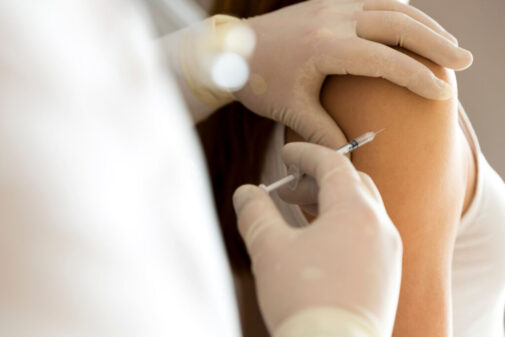Surprising home remedies for heel pain

Heel or arch pain is no joke. It can disrupt your daily activities, job, workout routine and even make it difficult to move or walk around the house.
The cause of your heel pain may be plantar fasciitis. This common condition is due to inflammation of your planta facia, the thick band of tissue that connects your heel to the front of your foot. The planta facia helps stabilize your foot and support your arch and stretches when you stand, walk or run. When too much tension or stress wears on this band, it can become irritated, inflamed and sore.
Dr. Jayson Osborn, family medicine practitioner at Aurora Health Center in Oshkosh, Wis., provides insight on what plantar fasciitis feels like.
“Most often, people feel plantar fasciitis first as shooting or aching pain in the heel that gradually moves into the center of the foot,” he says. “It can occur after exercise or come on suddenly or gradually worsen. The pain can be worse with your first steps in the morning and get better as you move around but may come back if you stand or sit for a long time.”
Plantar fasciitis is more common in runners and those who walk or stand for much of their day, like factory workers and teachers. You may also be at higher risk if you are between age 40 and 60 or overweight.
Dr. Osborn offers these tips to help avoid or relieve plantar fasciitis pain:
- Wear shoes with firm soles and good arch support. Consider custom shoe inserts.
- Stretch several times during your day and before your workouts, especially focusing on your calves and plantar fascia.
- Roll a tennis ball under the arch of your foot while sitting down to massage and stretch the plantar fascia.
- Ice your heel and arch for 10 to 20 minutes if they’re painful after an activity.
- Manage pain and inflammation with oral anti-inflammatory medication like ibuprofen or aspirin. Always consult with your doctor before starting any medication.
- Rest your feet. Ease off high-impact exercise like running to allow the tissue to heal. Switch to no- or low-impact exercise like swimming, and when you return to running again, begin slowly.
“Plantar fasciitis usually lessens within a few days or weeks and with home treatment, but if it doesn’t, you might need a doctor’s expertise,” Dr. Osborn advises. “They may recommend custom bracing, physical therapy, cortisone shots or possibly surgery. Without proper treatment and relief of plantar fasciitis, you’re likely to change how you walk to try to avoid the pain, which can lead to knee, hip or back problems down the road, so it’s best to see your doctor right away.”
Is your plantar fasciitis causing hip or knee pain? Take a free online quiz to learn more.
Related Posts
Comments
One Comment
About the Author
Mary Arens, health enews contributor, is a senior content specialist at Advocate Health Care and Aurora Health Care. She has 20+ years of experience in communications plus a degree in microbiology. Outside of work, Mary makes healthy happen with hiking, yoga, gardening and walks with her dog, Chester.


















I had terrrible plantar fasciitis for about a year and a half. Foot doctor told me to wear arch supports, but the best shoe/sandal that provides the most support is Birkenstock. I was also advised by a fellow sufferer to take 5 tablets of alfalfa 3X daily. I had nothing to lose, so I tried alfalfa. I started to get better only after taking the alfalfa regularly. When I had an attack of severe tendonitis in my neck and back several years later, I started the alfalfa again, and only then got relief. Alfalfa Works!!